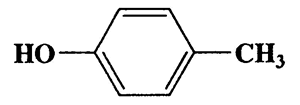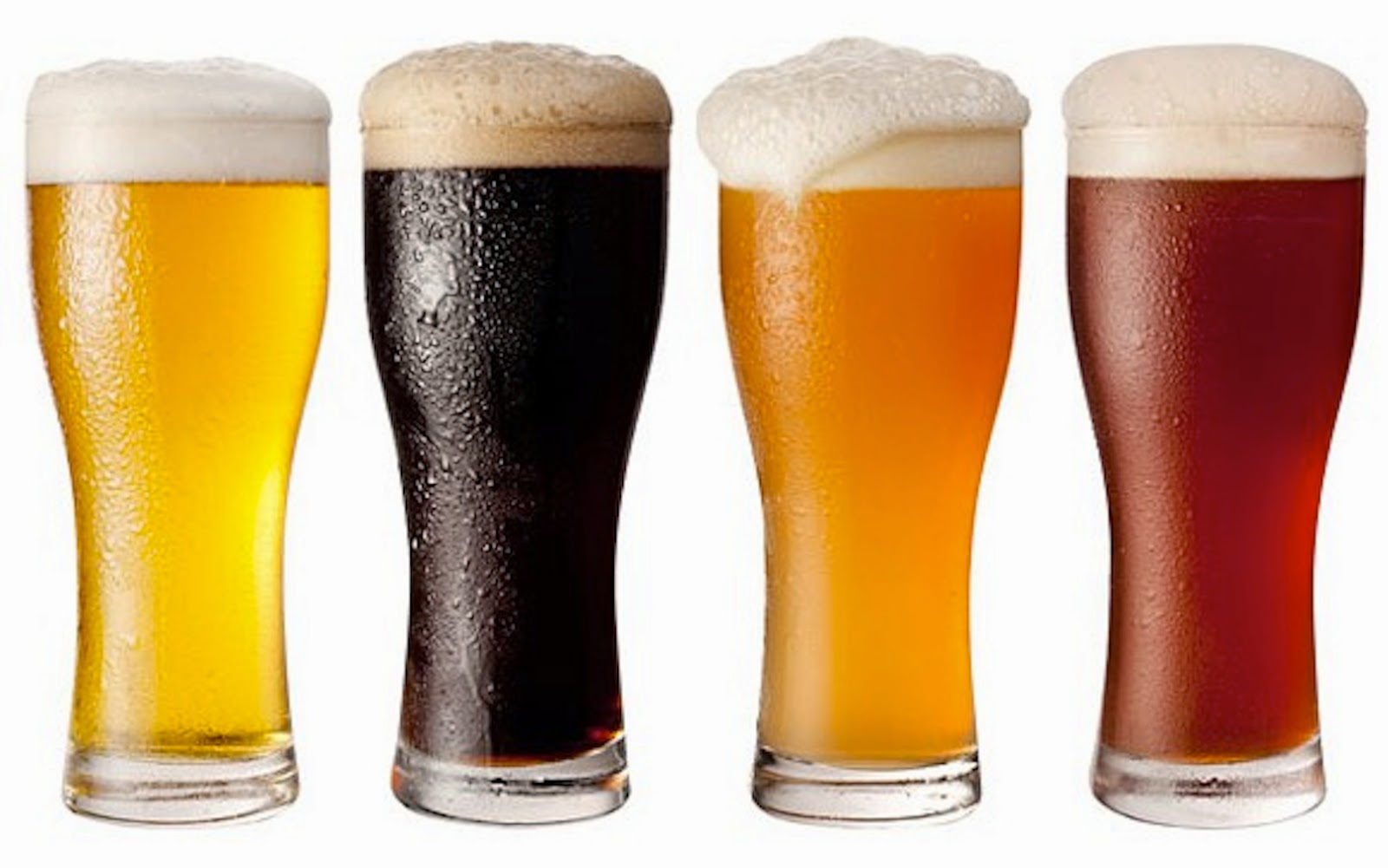Butylated Hydroxytoluene
- What is it made of?
It is primarily made from the chemicals p-cresol & isobutylene. P-cresol is a chemical that is a mosquito attractant while isobutylene is a flammable substance one hydrocarbon away from common butane.
+
=
- What it does and why it is added to the food(s)?
BHA (butylated hydroxyanisole) and BHT (butylated hydroxytoluene) are widely used by the food industry as preservatives, mainly to prevent oils in foods from oxidizing and becoming rancid. BHA and BHT may have some antimicrobial properties, too. BHT is even sold in supplements, as an antioxidant.
- What are the side effects of BHA and BHT?
There’s an ongoing controversy about the safety of BHA and BHT. Most researches have been on animals and test tubes, not on people. The Food and Drug Administration (FDA) categorizes these food additives as GRAS—generally recognized as safe—which means they are widely considered safe in specified amounts. However, anything that is not natural has its own harms and side effects. In this case, BHA and BHT can cause Hyperactivity, Angioedema, Asthma, Rhinitis, Dermatitis and Tumors.
- Why HUMANS should avoid it?
Humans should avoid BHA and BHT for following reasons!!
* It is not natural and is made in science labs which means our bodies are not used to consuming it.
* It will change the taste, smell and the color of the food in a negative way.
* It will destroy some of the nutrition that exist in different foods.
and at last.. It can reduce the livers' ability to metabolize fructose and alcohol.
- some of the famous foods that contain noticeable amounts of BHA and BHT:








No comments:
Post a Comment